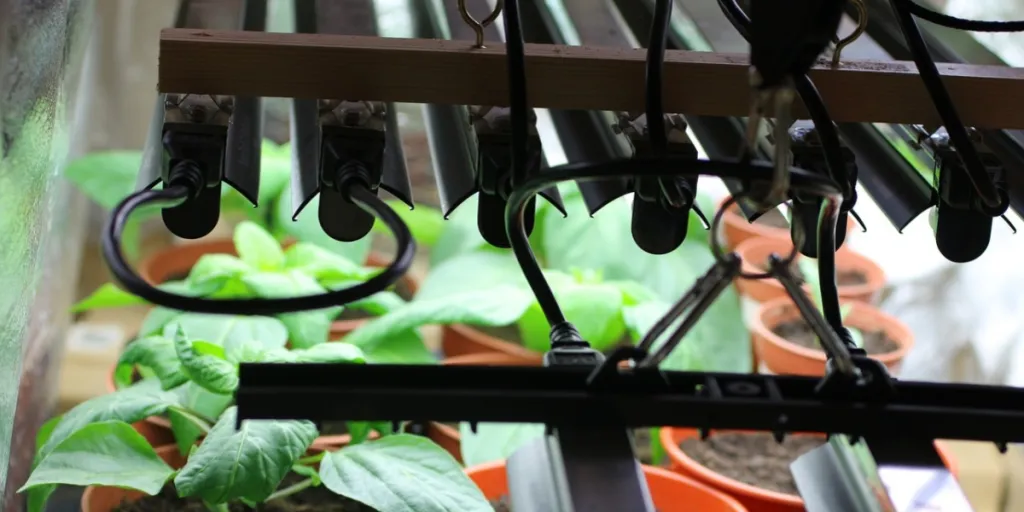Grow lights also play an important role in delivering energy to plants, serving as the primary energy source for the much-needed photosynthesis process. This is especially true for indoor plants, where accessing natural light can be a luxury. As a result, many buyers are looking to introduce grow lights to their at-home setup, while they are also essential for agri-businesses.
Keep reading to explore the global market outlook for grow lights, and discover the top trends that all sellers need to keep an eye on in 2025.
Table of Contents
1. Global grow lights market: An overview
2. Top grow lights trends in 2025 sellers should know
3. Bright leap in growth
Global grow lights market: An overview
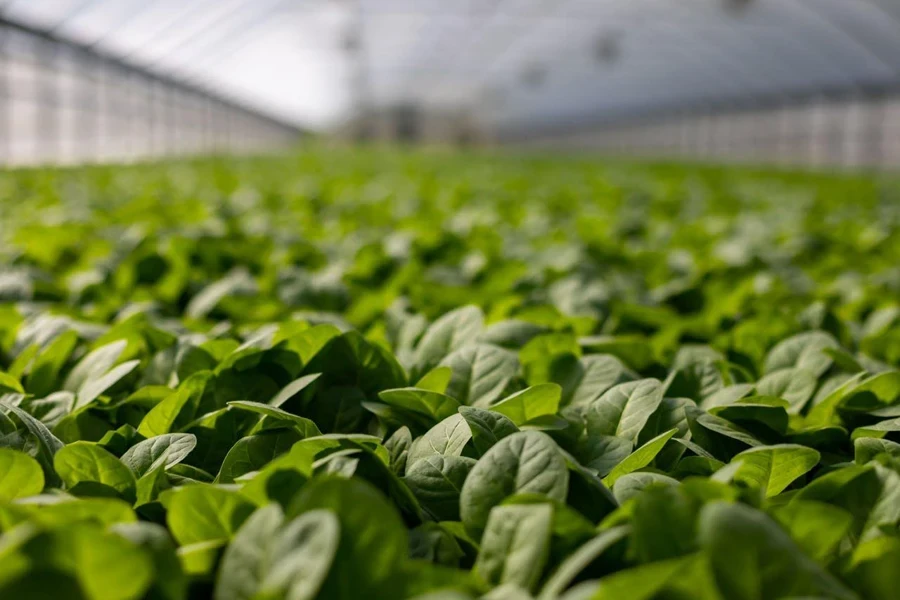
The worldwide grow lights market shows a promising outlook, with multiple industry reports indicating an aggressive double-digit compound annual growth rate (CAGR) over the next few years of the forecast period. For instance, according to one report, the global grow lights market is projected to reach US$ 12.5 billion by 2032, growing at a CAGR of 15.5% from its original value of US$ 3.5 billion in 2023.
Simultaneously, another study predicts the global grow lights market to expand at an even higher CAGR for the same forecast period, starting from US$ 4.08 billion and rising to US$ 17.55 billion by 2032, reflecting a CAGR of 17.6%.

Both reports highlighted the advancements in LED technology as the primary driver behind the accelerating growth of the global grow lights market. Such technology enables the development of various types of high energy-efficient LED grow lights, leading to a more sustainable and diverse grow lights market.
In parallel, the increasing adoption of indoor farming is recognized as another significant factor fueling the market’s expansion. Indoor farming is heavily reliant on controlled lighting environments, and its robust adoption is fueled by growing demand from urban consumers, who prioritize fresh, locally sourced produce. Indoor farming helps preserve freshness by reducing the need for long-distance transportation and extended storage, thereby meeting these fresh produce demands.
Top grow lights trends in 2025 sellers should know
LED grow lights
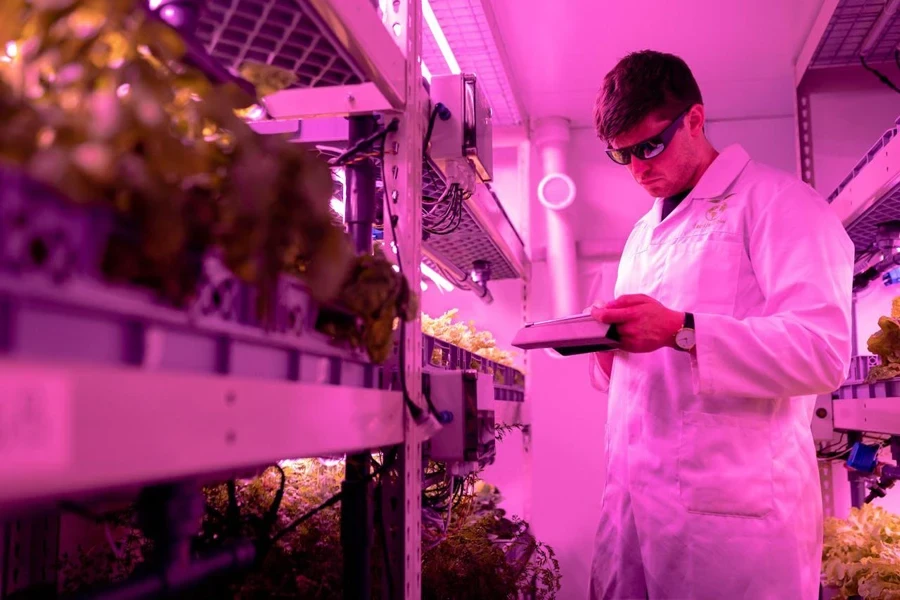
LED bulbs are becoming the dominant grow light in view of their longevity and unprecedented efficiency in providing specific wavelengths tailored to plant growth. Indeed, the customizable spectrum features of LEDs are among the most celebrated advances in lighting technology now, as confirmed by industry experts for the multiple benefits such features offer.
In fact, this might seem like the icing on the cake, since LED grow lights already come with many well-recognized benefits, such as energy efficiency, a long lifespan, and the ability to integrate with smart systems. Nonetheless, their ability to customize the light spectrum further elevates their versatility to an even higher level. Taking full advantage of the customized wavelengths, or “light recipes” as the industry calls them, enables two key trends this year and well into next year: dynamic lighting and location-specific light recipes.
Dynamic lighting in LED grow lights allows growers to adjust different light channels for precise control over the spectrum, meeting the specific light requirements of plants. Meanwhile, location-specific light recipes enable growers to adjust the light spectrum based on geographical and seasonal conditions. For instance, LED grow lights are proven to be capable of being customized to provide the optimal spectrum needed. This approach is ideal for plant growth in regions with shorter daylight hours, such as Northern Europe in winter months.
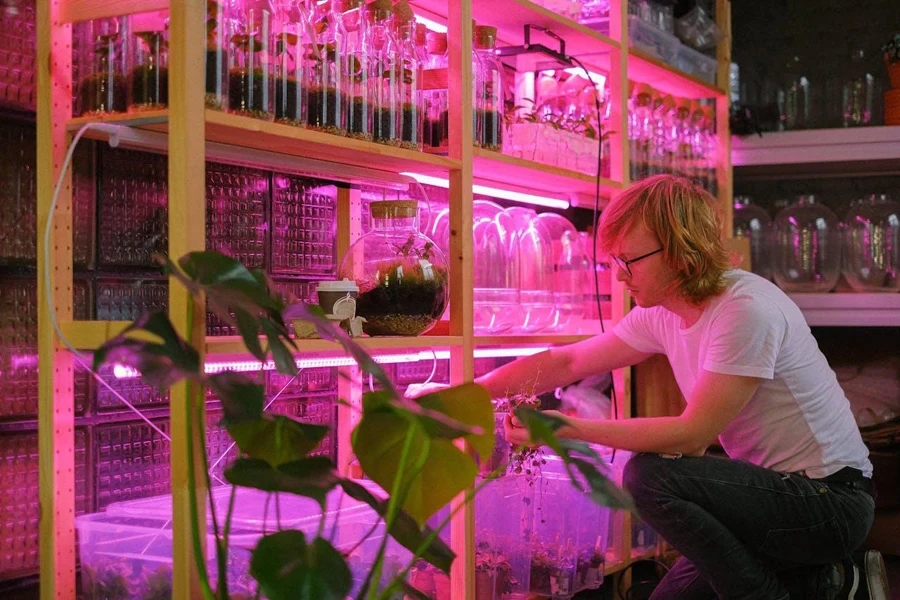
In the meantime, since traditional types of LED grow lights, like red and blue LED grow lights, are not equipped with tailored spectra features, full-spectrum LED grow lights are essentially the primary category of LED lights that offer customizable spectrum options. These full-spectrum LED grow lights, also known as full-cycle LED grow lights, provide a complete range of light wavelengths, including those similar to natural sunlight. While not all full-spectrum lights come with customizable features, most modern full-spectrum grow lights offer both full-spectrum and adjustable spectrum options, allowing growers to switch between preset modes or manually modify the spectrum to target specific growth stages.
HID (High-Intensity Discharge) lights
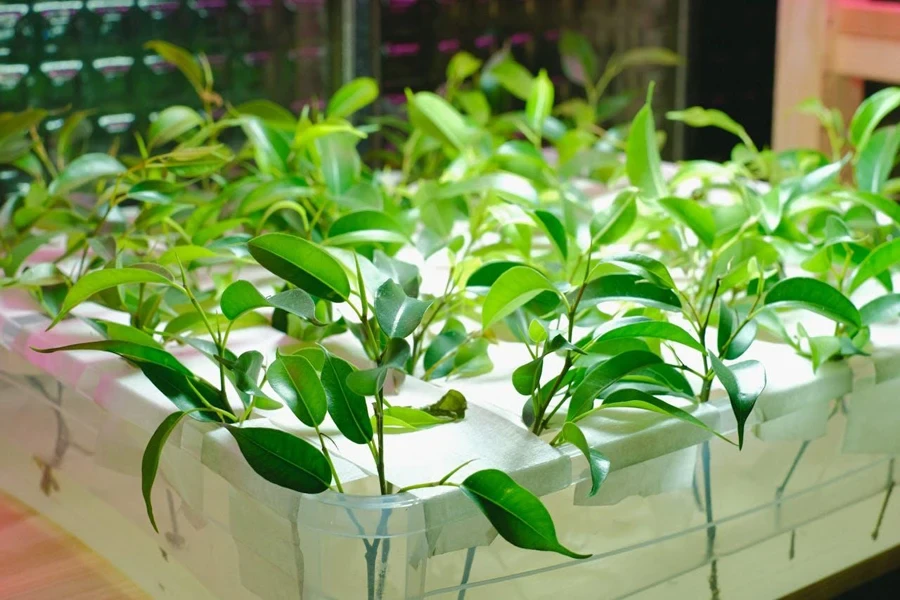
As the name implies, High-Intensity Discharge (HID) grow lights emit highly intense and bright light that penetrates deep into the plant canopy. Such canopy penetration effectively allows HID lights to nourish the entire plant, all while having a relatively affordable upfront cost, especially when compared to LED grow lights.
However, also thanks to their high intensity, HID lights tend to generate significant heat and hence usually need to be hung higher with proper cooling systems installed. Moreover, given the various components involved, their setup can also be somewhat complex. Due to all these technical challenges, they are typically more favored in larger spaces or expansive growing areas. For example, many greenhouses, particularly high-yield operations and commercial growers are strong advocates of HID lights. In fact, HID lights are still highly recommended by many industry experts, including hydroponic equipment providers and horticultural specialists.
Despite being around for decades, another notable reason HID lights remain a favorite among many growers is their proven effectiveness over time in supporting indoor growing environments, establishing them as a reliable and cost-effective option in the eyes of many users.
Lastly, one clear advantage of HID lights is that their subtype, High-Pressure Sodium (HPS) lights, can cover the full light spectrum. With a lower operating cost and full spectrum coverage, HPS lights are an excellent choice for the full life cycles of plants. However, it’s worth noting that even though HPS lights are capable of covering the entire life cycle, they are typically preferred for the flowering and fruiting stages due to their red light spectrum. For the growth or vegetative stage, Metal Halide (MH) lights, commonly referred to as MH lights, are another type of HID light often chosen by growers because of their blue light spectrum, which is ideal for plant development.
Fluorescent grow lights
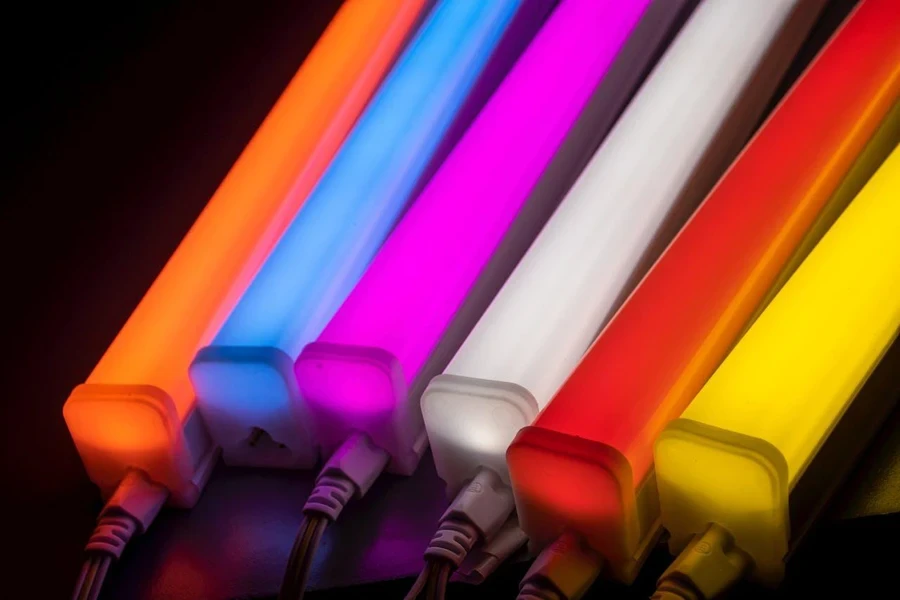
Fluorescent grow lights are undoubtedly one of the most established and well-tested types of grow lights, having been used for plant growth since their emergence in the 1930s as a more energy-efficient alternative to the previous incandescent lights, proving their reliability through nearly a century of use.
Today, due to the affordable budget and suitability of fluorescent bulbs for the earlier stages of seedlings and growth, fluorescent grow lights remain a choice for many growers, particularly those involved in smaller-scale gardening. From a seller’s perspective, this grow light type is best suited to target home gardeners and novice plant enthusiasts who have just ventured into the plant hobby.
T5 fluorescent grow lights are the most efficient and highly regarded among the three types of fluorescent grow lights available in the market now. With their full spectrum lighting capabilities, T5 grow lights are favored by commercial growers and serious hobbyists for their efficiency and light intensity.
In the meantime, T8 fluorescent grow lights, while typically offering a basic spectrum, also have full-spectrum options available and can support both vegetative and flowering stages. These versatile features make T8 grow lights ideal for smaller home gardens and small-scale indoor farming.
Finally, compact fluorescent lights (CFL) are the type of fluorescent grow lights used to provide the right amount of light for lower-light plants. CFL grow lights are cost-effective for small-scale projects, such as growing seedlings throughout their vegetative stages, and are favored by beginners for their low prices.
Bright leap in growth
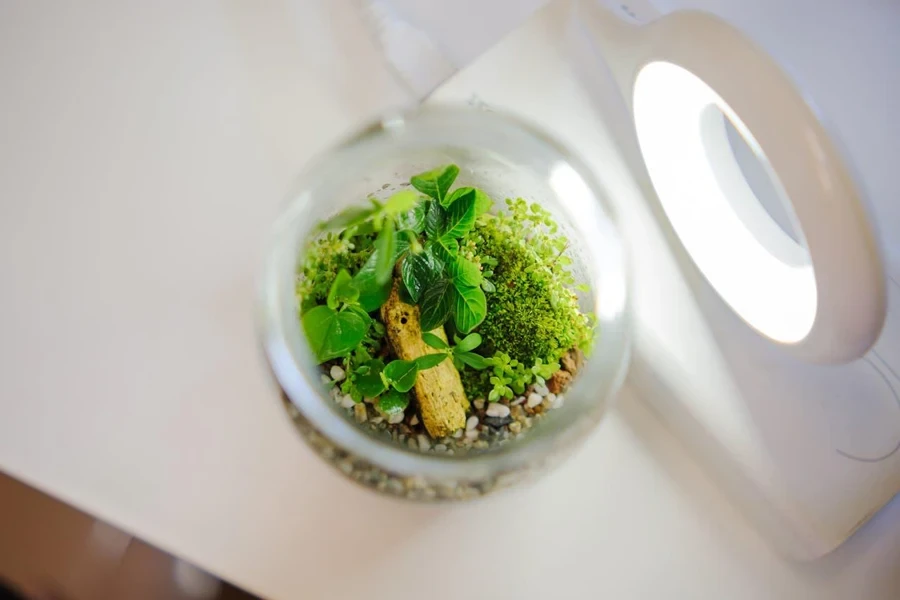
Grow lights play an important role as the main light source vital to the growth process of various indoor plants, and they are expected to have a bright future outlook, mainly due to the advancements in LED technology. This technology promotes the production of various low-heat, energy-efficient LED lights that support sustainable cultivation. Besides that, increasing demand for indoor farming driven by urban consumers’ desire for fresh, locally-produced food is also two other reasons that accelerate the expansion of the grow lights market.
As a result, LED grow lights are naturally among the most widely accepted types of grow lights on the market. Full-spectrum grow lights are considered the most well-received within the LED grow light systems. At the same time, fluorescent grow lights and HID lights, especially Metal Halide grow lights, are two other types of grow lights that feature prominently in current worldwide grow light market trends.
Explore further on Alibaba.com Reads to elevate further business success with innovative logistics insights and wholesale sourcing ideas. Embrace the multiple wholesale business opportunities presented here by returning often for inspiring updates.
